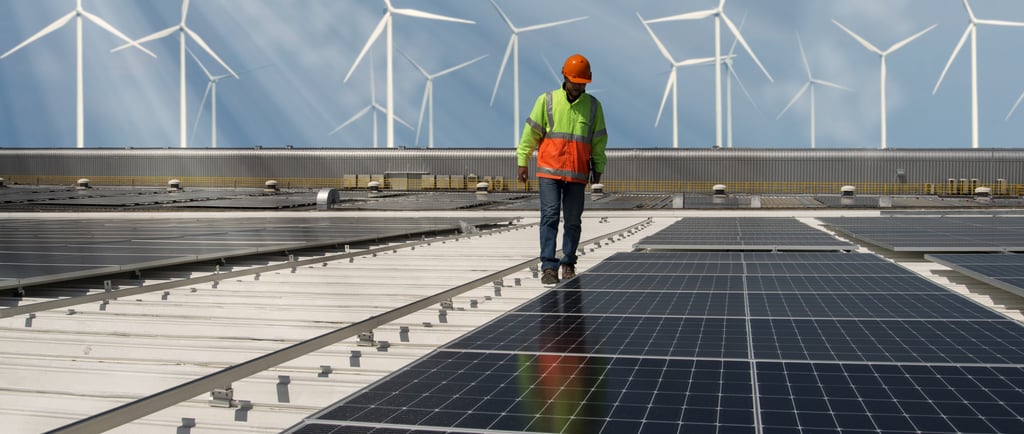Indonesia and China Seal the Alliance of the Century: 1.4 GW to Mark the End of Wind Power
The alliance between Indonesia and China is a significant stride towards achieving sustainable energy goals
6/28/20252 min read


Introduction to the Indo-Chinese Renewable Energy Alliance
In a groundbreaking development that could reshape the energy landscape of Southeast Asia, Indonesia and China have entered into a historic partnership centered around renewable energy. Dubbed the 'alliance of the century', this collaboration aims to invest significantly in power generation, with a remarkable capacity of 1.4 GW. This monumental agreement indicates a strategic shift away from wind power, signalling a new era for both countries as they focus on different avenues for sustainable energy production.
Implications for Renewable Energy in Indonesia
Indonesia, an archipelagic nation, faces unique challenges in its quest for energy security. The recent alliance with China presents an opportunity for the country to diversify its energy portfolio while reducing dependency on fossil fuels. By enhancing investments in clean energy technology, Indonesia can not only meet its growing power needs but also commit to its climate goals.
The cessation of wind power projects in favor of other renewable sources will undoubtedly impact the local energy market. As traditional methods phase out, there is potential for increased investments in solar and hydroelectric power generation. This pivot supports Indonesia's ambition to transition towards a more sustainable and environmentally-friendly energy framework.
A Shift in Focus: Moving Beyond Wind Power
The partnership between Indonesia and China marks a critical turning point in the energy sector. While wind power has been a fundamental component of renewable energy strategies worldwide, the alliance signals a thoughtful speculation into different energy harnessing capabilities. Both nations are exploring solar, hydro, and possibly geothermal avenues, which are more fitting for the geographic and climatic conditions of Indonesia.
By focusing on more versatile renewable resources, this collaboration could lead to an accelerated energy transition. The 1.4 GW power generation capacity will not only benefit the local population with more reliable electricity but will also position Indonesia as a regional leader in renewable energy innovations.
Conclusion: A Strategic Partnership for a Sustainable Future
The alliance between Indonesia and China is a significant stride towards achieving sustainable energy goals. With the commitment to generate 1.4 GW of clean power, the two nations are leading the charge toward an advanced energy future. It sets a precedent for how strategic partnerships can shape global energy dynamics.
As we move away from the reliance on wind power, the focus will inevitably widen, embracing a multitude of sustainable energy sources. This collaboration not only augurs well for the two nations involved but also offers a glimpse into a promising future for renewable energy in the Southeast Asian region.
